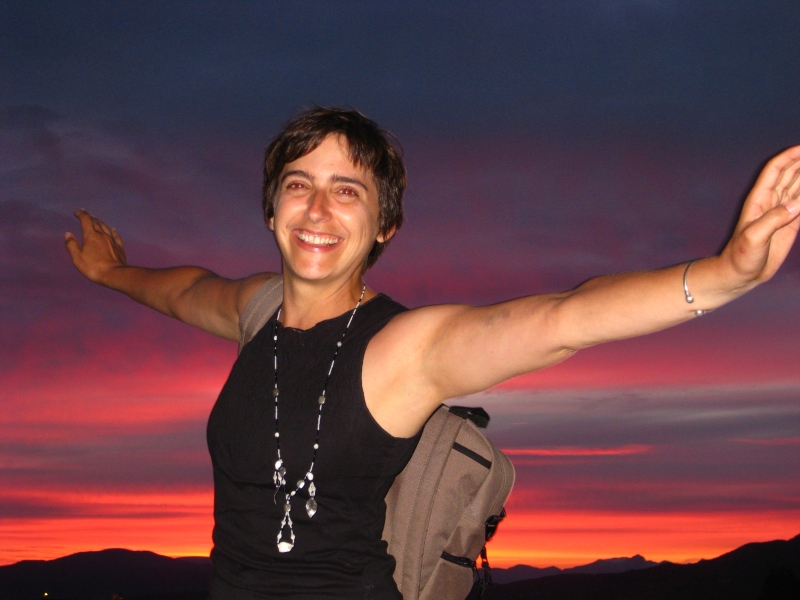A conversation model for ethical decision-making v3
A work in progress by Patricia Rosen, Summer 2005
Stage 1: Setting the context
- Conversation host gathers the involved parties
- Host emphasizes principles and guidelines for the conversation:
o “We acknowledge one another as equals
We try to stay curious about each other
We recognize that we need each other’s help to become better listeners
We slow down so we have time to think and reflect
We remember that conversation is the natural way humans think together
We expect it to be messy at times” (Wheatley, 2002, p.29)
o Remain focused on the issue at hand
o Remember – we are here to help the original presenter find a solution
o Do not bring up other, similar issues or stories
o Ask yourself - is what I will say bringing the conversation closer to a solution? Am I digressing?
- The presenting issue and context is put on the table by individual(s) hosting the conversation
- Individual reflection
- Write out initial proposals on presenting issue
- Offer 3-6 ideas, comments, solutions, recommendations…
Stage 2: Aiming for understanding
Conversation begins –
- Round 1 – initial proposals
- Round 2 – analyse proposals given to uncover values and beliefs behind them
- Round 3 – discussion continues, based on discovery of others’ points of views, with the purpose of understanding reasons given by others
- Round 4 – discussion continues with a focus to reframe and or revise proposals with the ultimate goal of coming to a final decision
Individual reflection – write down thoughts at the end of the conversation, include something learned. Is there anything that can be done differently?
Stage 3: Feeding back to the system
- A decision to act on the problem is made (that will affect all parts of the system)
- Possible revision of school policy dependent on discoveries made in conversation
For the purposes of this project, Stage 3 will NOT be investigated.

